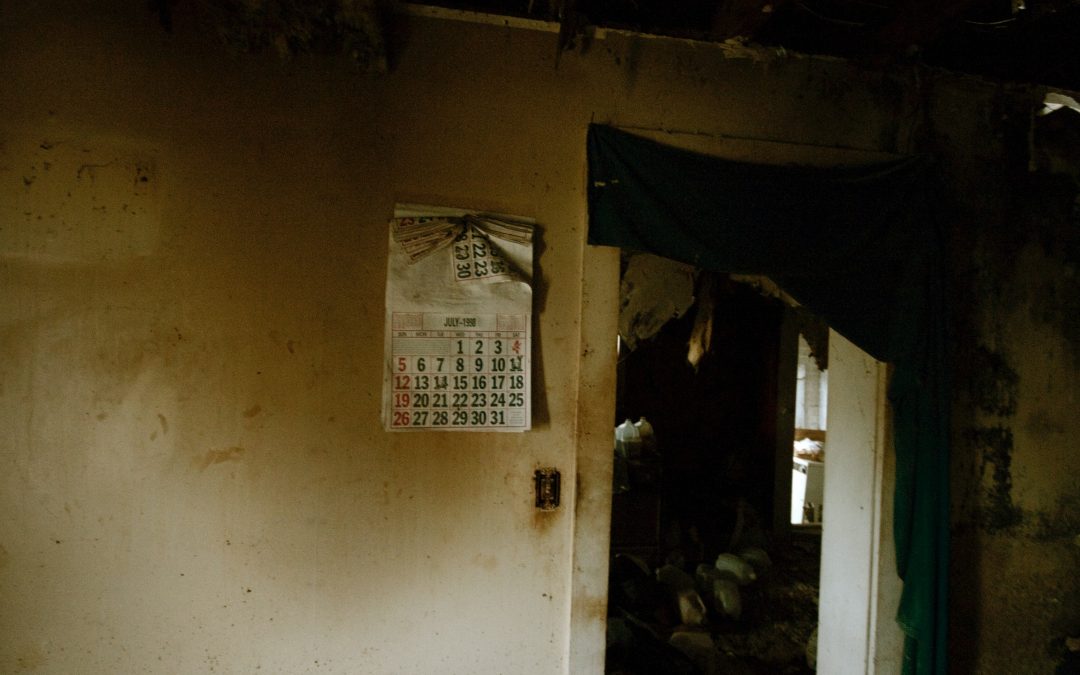Drying out after water damage should top any cleanup priority list.
If you can dry items within 48 hours, you might salvage many goods, and avoid mold and rust.
1. Move Air Naturally
If humidity isn’t too high, open windows and doors to start air circulating. Open closet and cabinet doors, and remove drawers.
2. Move Air Mechanically
Rent or buy high-powered fans to rev up air circulation. Depending on size and power, fans cost between $50 and $500 to buy; $20 a day to rent. (Do not use your central air conditioner or furnace blower if HVAC ducts were under water.)
A portable dehumidifier can remove water vapor from the air in a contained area, like a bedroom or downstairs rec room. Shut the room’s windows and doors to prevent more humidity from seeping in. Buy a big dehumidifier ($270) so you don’t have to empty its water drawer frequently.
4. Pump Water
A sump pump is a submersible pump that continuously moves water out of the house through a hose or pipe. If you have standing water that is several inches deep, a sump pump can help. Rent a sump pump for about $44 a day, or purchase one for $100 and up.
5. Wet/Dry Shop Vac
Some shop vacs are rated for use in wet conditions. These vacs suck water from carpets and give you a fighting chance to save rugs and wall-to-walls. Don’t use an ordinary household vacuum whose innards are not protected from water. A 6-gallon wet/dry vac costs $50; a 16-gallon goes for about $170.
6. Remove Sodden Objects
Haul wet rugs and furniture into the sun to reduce inside moisture level. Remove sheet vinyl or linoleum flooring to promote maximum evaporation. Throw out wet insulation under floors.
7. Freeze Papers
To buy time, place wet books and photos into plastic bags and place in a frost-free freezer. This will stop additional deterioration, and prevent mold and mildew. When you have time, retrieve books from the freezer and air- or fan-dry the pages.
8. Absorb Moisture
Desiccants (silica gel, clay, calcium oxide) absorb moisture like a sponge. Place water-permeable packages of desiccants and wet items in airtight containers or in sealed areas, like closets. Some desiccants change color to indicate they are saturated, which can take days or weeks, depending on how much moisture items contain.

